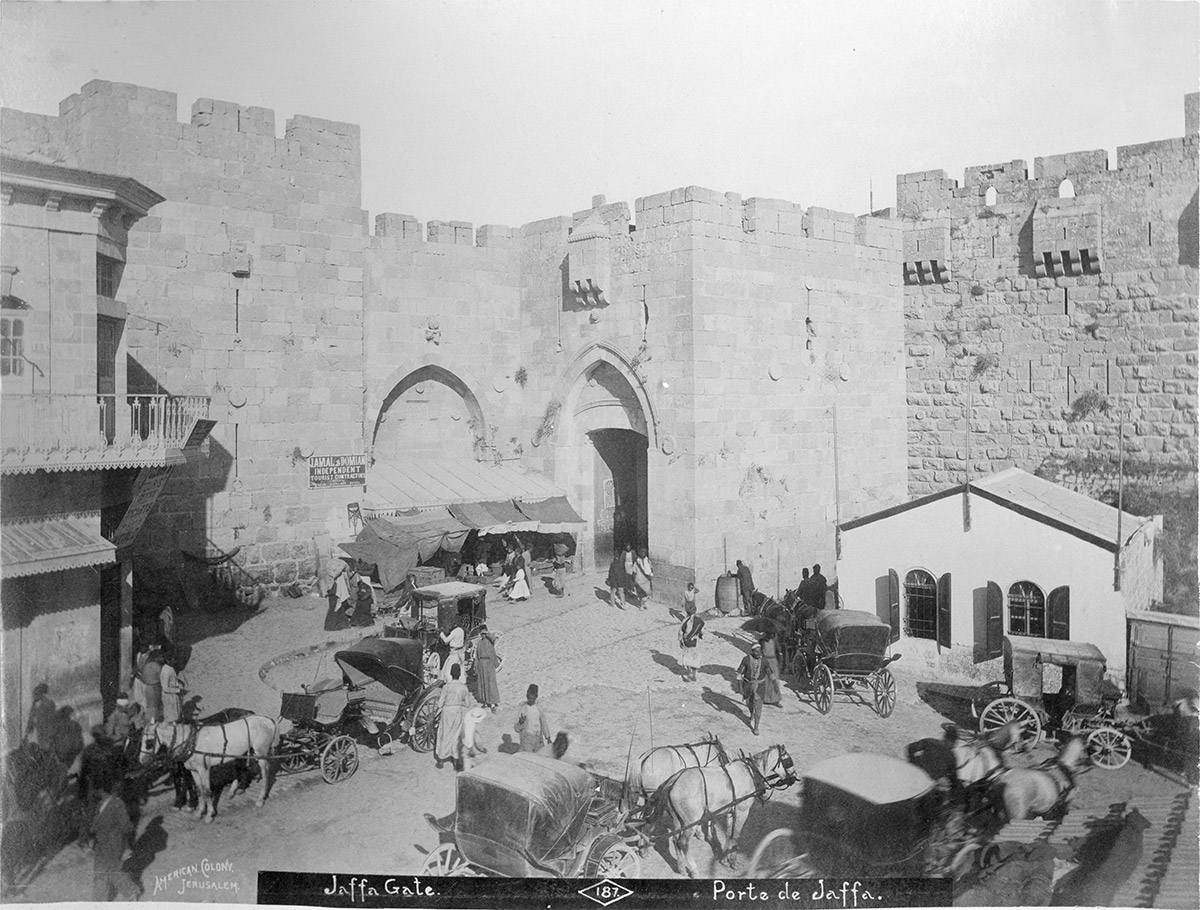The city of Jerusalem stubbornly defies conventional binaries and as an always-extreme case study highlights the problems and deficiencies inherent in standard modes of categorization. This is certainly so as regards 'secularism' and the division between 'religious' and 'secular.' A city of great religious significance to Judaism, Christianity, and Islam, Jerusalem at the same time became the symbol for nationalisms that defined themselves as definitively secular. In the Late Ottoman period
If these were purely 'secular' tensions of modern nationalisms, the language of the encounter maintained a distinctly religious tone. "I had experience with many dragomans during my sojourn in the East," writes Albert Payson Terhune in Syria from the Saddle (1897), and nearly all were "phonographic machines (frequently out of order) with truly civilized proficiency in the arts of laziness and petty theft." Two of the exceptions were the Christian men whose services were advertised on the wall of the Jaffa Gate plaza in this photograph: "Demitrius Domian of Jerusalem, and
